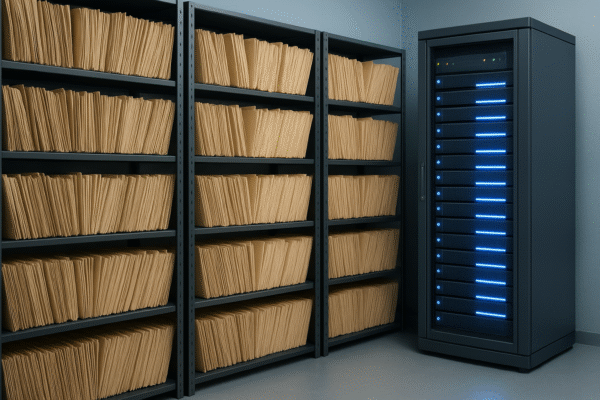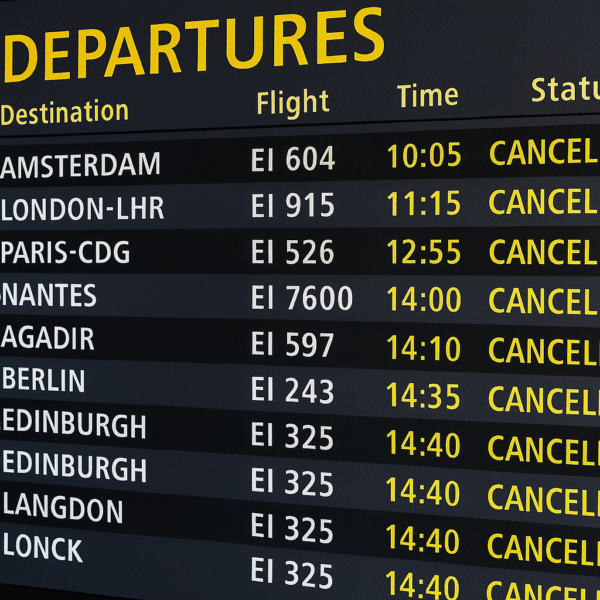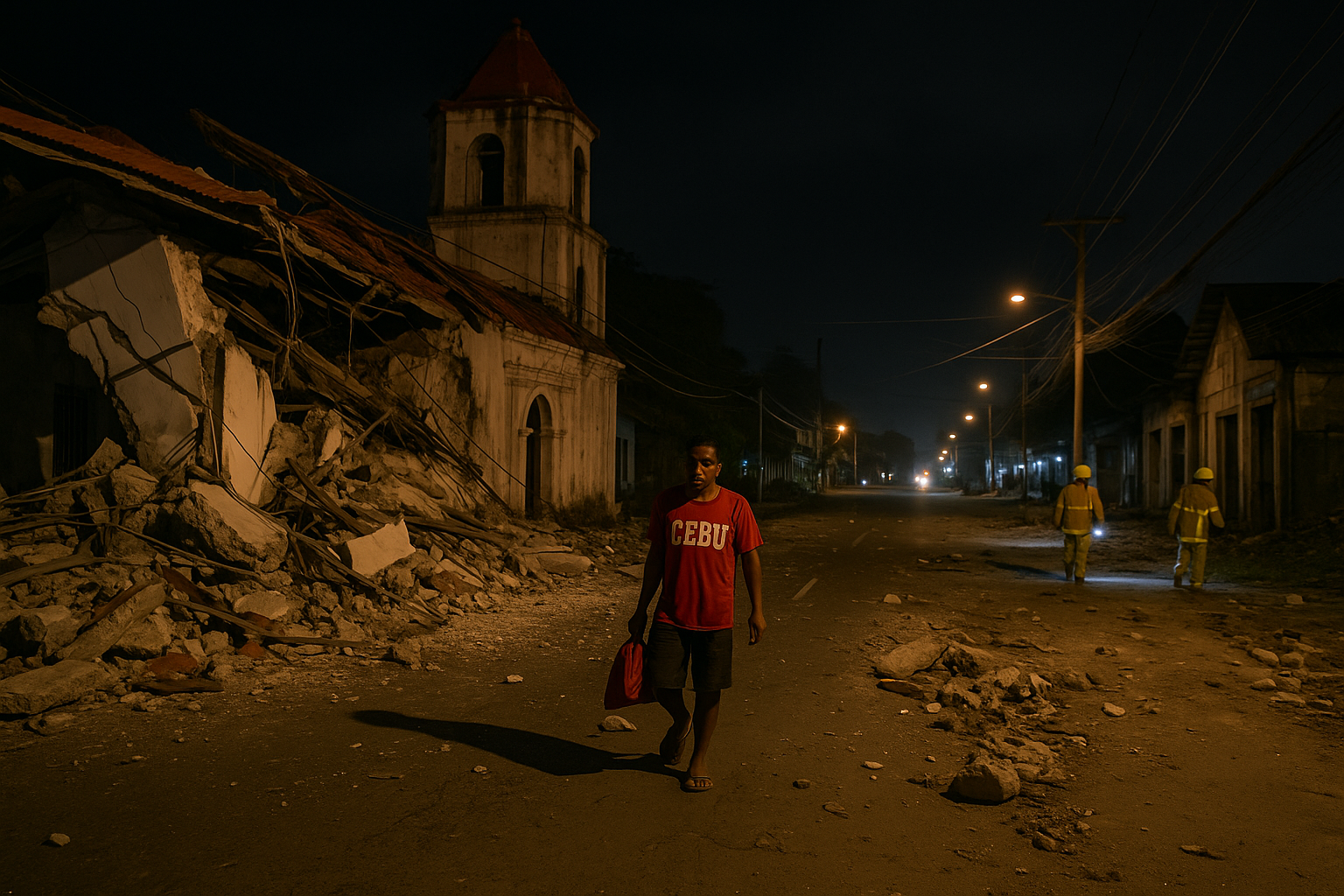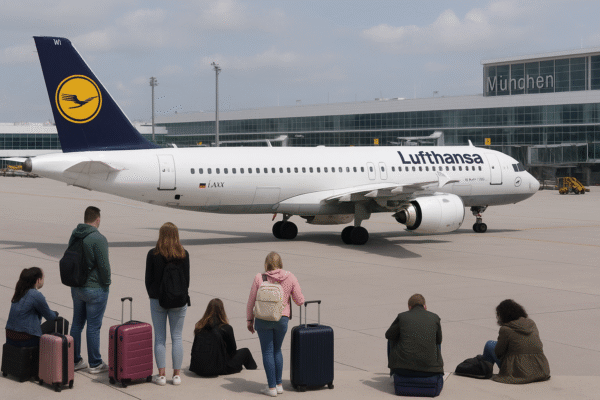London’s travel network faced another morning of frustration as a signal fault near East Putney caused severe delays on the District line. Thousands of commuters traveling between Parsons Green and Wimbledon were stranded during peak hours, while tourists hoping to access southwest London landmarks and Wimbledon itself had to scramble for alternatives.
Transport for London (TfL) confirmed that the problem was reported around 6:40 am, directly impacting rush-hour services. The disruption, while not unusual for this busy section of the line, reignited concerns about the long-term reliability of the Wimbledon branch and its ability to cope with rising demand.
Ongoing Problems on the Wimbledon Branch
The Wimbledon branch of the District line has experienced repeated issues in recent months. During this year’s Wimbledon tennis championships, the line buckled under pressure, struggling to transport the surge of spectators attending the world-renowned event. Overcrowded platforms, extended wait times, and inconsistent service left many visitors frustrated.
Local residents and daily commuters share similar concerns. The Wimbledon branch is not only a vital route for connecting suburban neighborhoods to central London, but also a key link for visitors attending sporting events, exhibitions, and cultural experiences in the southwest. When disruptions occur, the ripple effect across the transport network is significant.
Commuter Impact and Morning Chaos
By mid-morning, scenes of crowded platforms and packed trains played out across stations like Southfields, East Putney, and Wimbledon Park. Passengers reported long waits, with some forced to leave trains midway through their journeys due to the extended delays.
Southfields Station, a hotspot during the tennis season, saw large crowds seeking alternative routes. Buses and rideshare services recorded spikes in demand, and many commuters reported being late for work or appointments.
One of the most frustrating aspects for passengers was the lack of timely communication in the early stages of the disruption. Several commuters noted that they were unaware of the full scale of the issue until they had already boarded trains. This lack of clarity added to the stress of an already difficult journey.
TfL’s Response and Efforts
TfL quickly acknowledged the fault and sent engineers to investigate and repair the signal failure. Updates were displayed on station boards, and announcements urged travelers to allow extra time or consider different routes. Staff were stationed at key platforms to help manage the crowds and offer guidance.
While TfL apologized for the delays, many regular travelers voiced concerns about the frequency of such issues, particularly in the East Putney area. Persistent problems with outdated infrastructure have left passengers skeptical about the resilience of the District line.
Added Pressure from Weather Warnings
Complicating the morning’s disruptions was a Met Office weather alert predicting strong winds later in the day. Gusts of up to 50 mph threatened to place additional strain on the city’s already fragile transport system, raising the risk of more delays during the evening rush hour.
Adverse weather conditions often force speed restrictions or temporary closures on rail lines. For many commuters, the combination of technical failures and environmental factors highlighted just how vulnerable the Underground can be to sudden interruptions.
Historical Struggles of the Wimbledon Branch
The Wimbledon branch has long been one of the busiest and most important sections of the Underground. Its role as a connector between central London and leafy southwest neighborhoods makes it indispensable for both residents and visitors.
However, it is also one of the most pressured parts of the system. Each summer, the influx of international visitors attending Wimbledon places extraordinary demands on the line. Despite advanced planning, signaling faults and overcrowding remain common, frustrating passengers and damaging London’s reputation for efficient transport during major events.
The recurring signal failures point to deeper infrastructure problems. Outdated systems frequently break down, leading not only to immediate disruptions but also to long-term declines in public confidence.
Passenger Reactions and Public Frustration
Commuters turned to social media to share their experiences, posting images of packed platforms and overcrowded trains. Some called for more transparency about TfL’s upgrade plans, while others urged for faster modernization of signaling equipment.
For many, the repeated disruptions are more than just an inconvenience. Missed appointments, delayed meetings, and increased costs from alternative travel take a toll on both workers and families. Tourists, too, face confusion and disappointment when trying to navigate London’s landmarks during service interruptions.
The ongoing issues have sparked broader conversations about whether the capital’s transport system is adequately prepared for the demands of a growing population and an expanding tourism market.
Looking Ahead: The Need for Investment
The incident at East Putney is the latest reminder that London’s transport network requires substantial investment to remain reliable. TfL has already begun modernization efforts on the District line, particularly targeting signaling upgrades. However, these long-term projects take years to complete, leaving commuters to deal with persistent short-term setbacks.
Balancing daily operations with the need for infrastructure renewal is a delicate task. TfL faces growing pressure to demonstrate progress, reassure passengers, and restore confidence in one of the busiest transport systems in the world.
For commuters, clear communication and contingency planning during disruptions remain immediate priorities. For TfL, the focus must remain on delivering long-term improvements that reduce the frequency of faults and allow London’s transport system to meet the city’s growing needs.
Conclusion: A Call for Reliability
The severe delays triggered by the East Putney signal fault illustrate the fragility of a crucial part of the District line. Thousands of passengers were left struggling to complete their journeys, while weather warnings threatened further disruption later in the day.
As engineers worked to resolve the problem, the spotlight turned to broader concerns about investment, maintenance, and modernization. Until these challenges are addressed, Londoners and visitors alike will continue to face uncertainty on one of the city’s most vital transport routes.
Reliable infrastructure is not just a convenience; it is essential for a city that welcomes millions of commuters and tourists every year. For London, building a stronger and more resilient transport system is no longer an option—it is a necessity.
For more travel news like this, keep reading Global Travel Wire

















